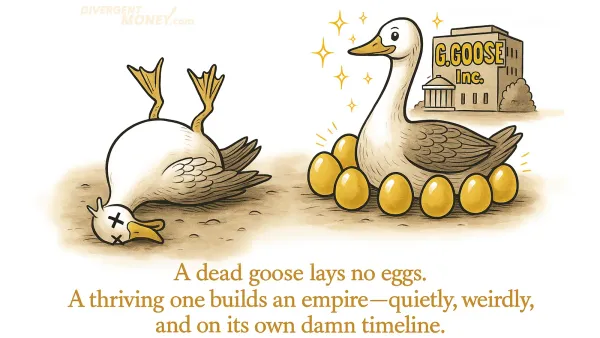What Temple Grandin Can Teach Us About Money (Even Though She Rarely Talks About It)
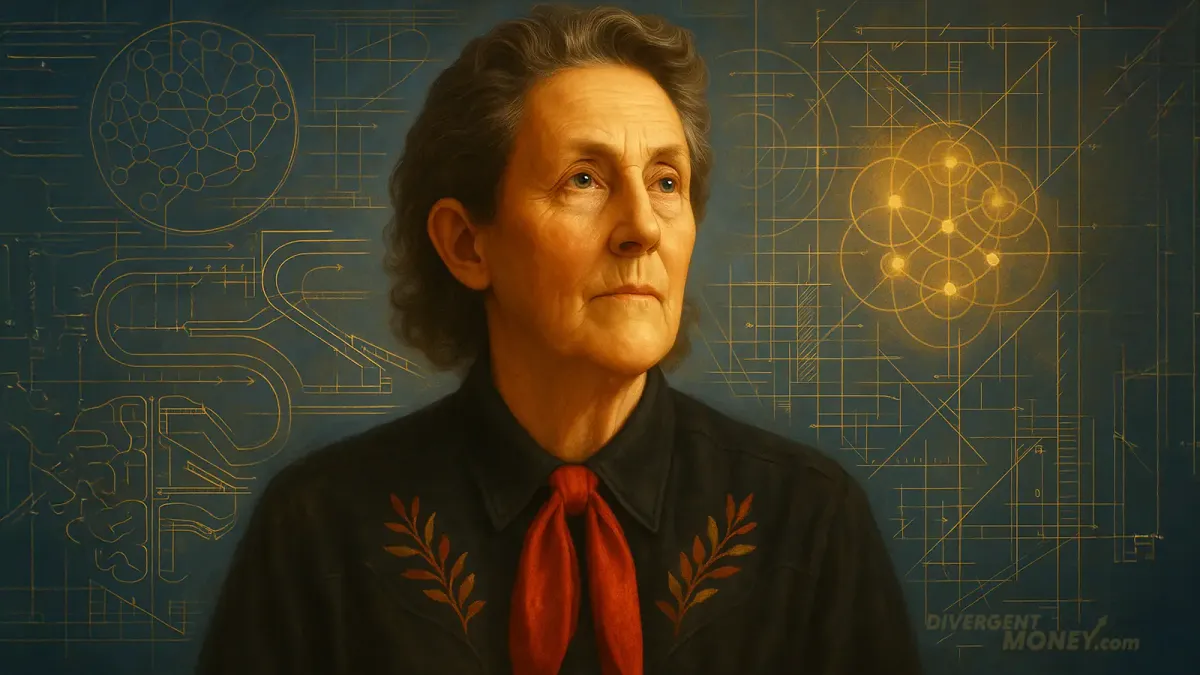
Temple Grandin isn’t a finance guru.
She doesn’t run a budgeting podcast or pitch you the latest ETF (thank goodness!)
I've never heard her talk about money outside the context of your worth in life.
But buried in her vivid recollections, her radically visual way of thinking, and her lifelong journey through a world not built for her or other autistic people, is a treasure trove of insights for anyone navigating money with a neurodivergent mind.
This is not a story about "overcoming autism." It's about designing a life that works with your brain—and the financial resilience that emerges when you stop trying to fit a mold.
I had the pleasure of attending one of her lectures at Lehigh University last year. Truly an eye-opening experience.
She reminds us that we not only perceive the world differently from one another, but that it's not enough to accept what we are given. We have a duty to ourselves to shape and create structures that work with our own brain.
• Why visual thinkers like Grandin struggle with traditional budgeting
• How ND brains benefit from career alignment
• The power of rituals and symbols in financial systems
• Grandin’s approach to emotional safety and sensory-informed design
• How to prototype a system built around YOUR cognition
You Can’t Budget What You Can’t Picture
“I THINK IN PICTURES. Words are like a second language to me.” —Temple Grandin
Grandin’s most well-known insight is that she experiences the world as a series of vivid, movie-like scenes. She doesn’t just remember things—she mentally replays them, rotates them, simulates how they’ll work. When she designs cattle equipment, she test-runs the entire system in her mind before a single bolt is drilled.
Imagine what would happen if personal finance tools were built that way.
Most budgeting apps are spreadsheet-shaped. But what if they were flowcharts, animations, architectural sketches? Many of us don’t think in rows and columns—we think in rooms, maps, narratives. If you’re a visual processor, you need a money system that you can see working.
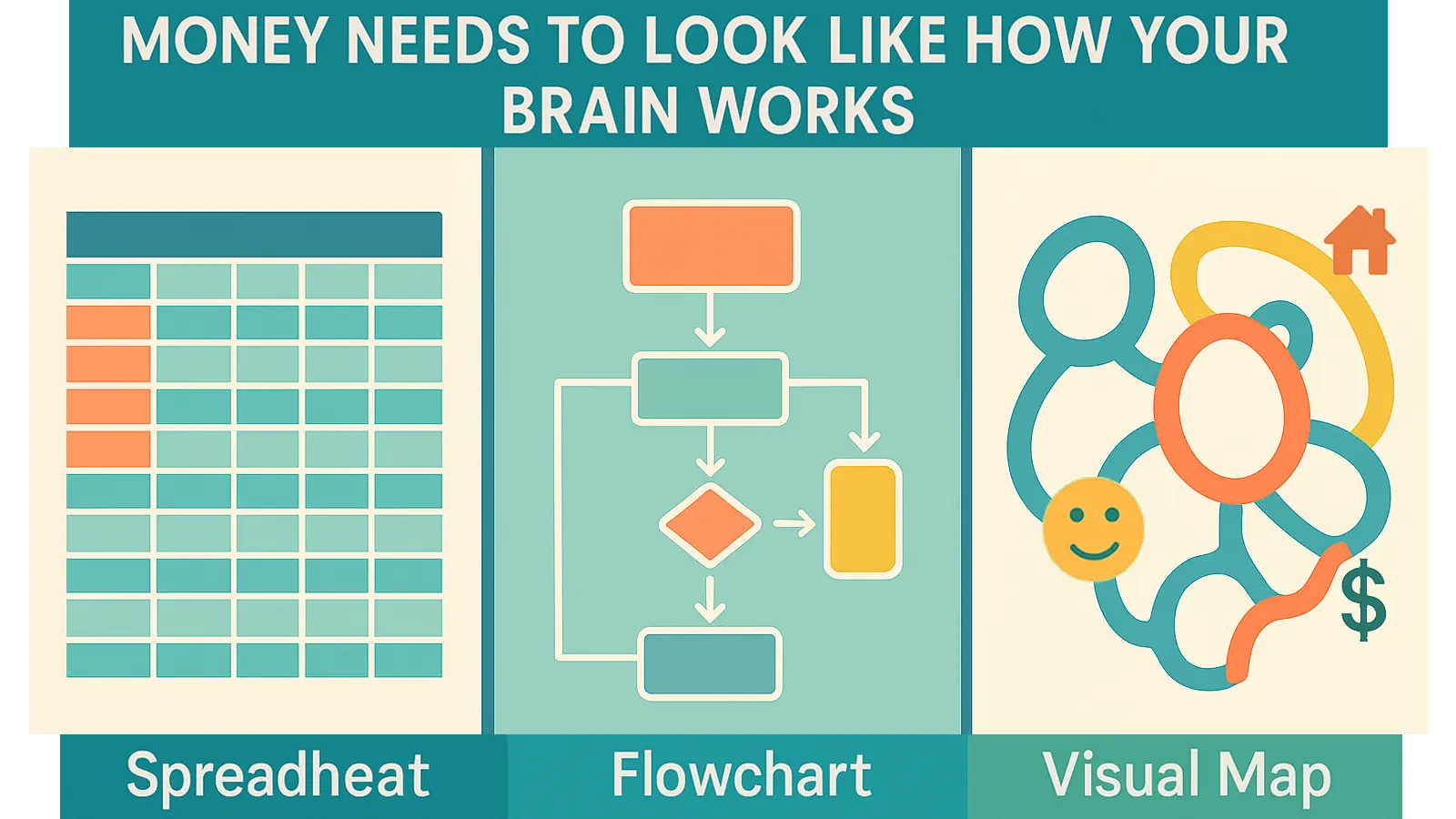
👉 Related: The Visual Navigator
Career Fit Isn’t Optional—It’s Survival
In Thinking in Pictures, Grandin writes about almost flunking out of high school—but thriving when she got hands-on with building projects. She didn’t learn animal behavior by reading papers. She learned it by kneeling down to see what a cow saw in a chute.
"The first thing I did was put myself inside the cattle’s heads and look out through their eyes."
This isn’t just empathy. It’s design thinking. And it made her rich in reputation, self-efficacy, and eventually—money.
Too often, ND folks try to force-fit themselves into careers that reward conformity or verbal agility. The result? Burnout, job instability, financial chaos.
The real wealth move is building a life around your operating system. If you’re detail-sensitive, pursue quality assurance. If you’re pattern-focused, consider cybersecurity or investing. If you’re a visual builder like Grandin, architecture, UX, or product design may unlock your full potential.
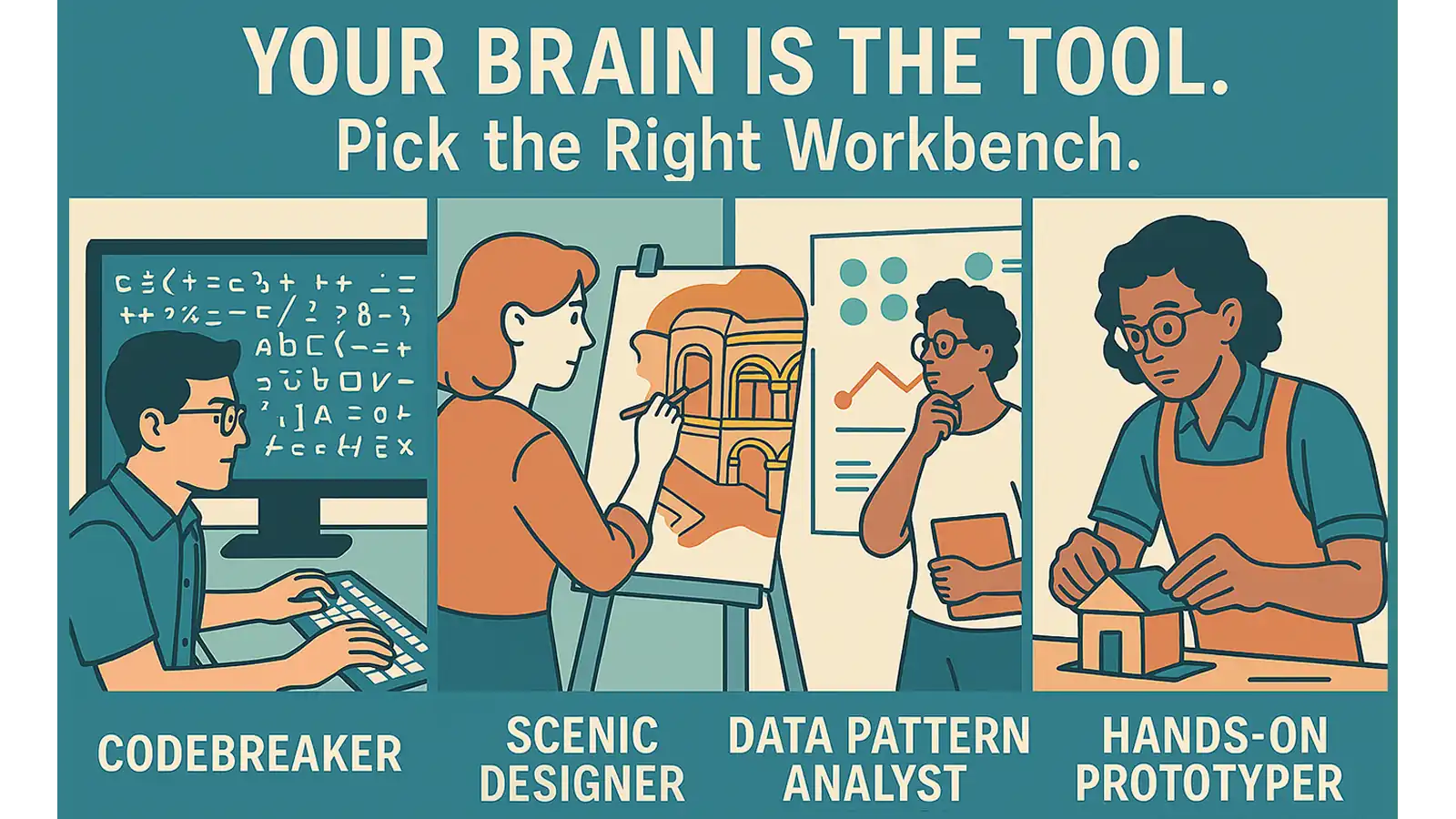
👉 Related: Job Hunting While Neurodivergent Pt. 5
Rituals, Symbols, and Self-Reliance
One of the most beautiful threads in Grandin’s writing is how she builds meaning—and momentum—through rituals and physical metaphors. She describes walking through doors and windows as a way to mentally prepare herself for transitions.
“My life was a series of incremental steps... I had to walk through a door to graduate from high school. Then another for college.”
For neurodivergent folks, motivation doesn’t always come from abstract goals like "saving for retirement." It comes from tangible progress, feedback loops, and emotionally anchored symbols.
So why not make your financial systems symbolic, too?
Create a ritual for paying bills.
Gamify your debt payoff with visual milestones.
Use color-coded savings jars
or custom dashboards with iconography that means something to you.
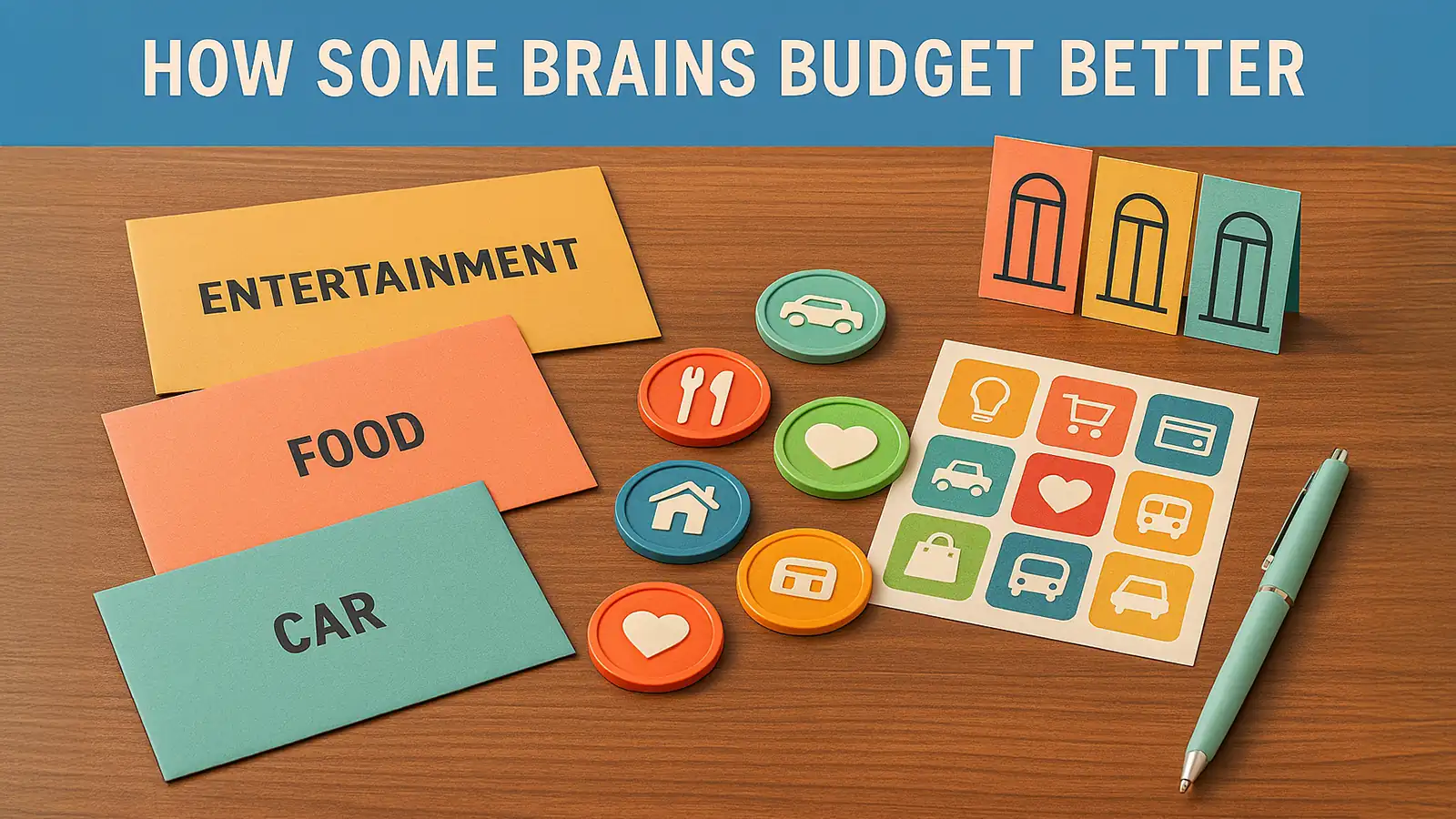
👉 Related: Tiny Habits for Big Money Wins
Design for Feelings, Not Just Logic
Grandin revolutionized the meat industry not just by thinking visually—but by designing for animal emotion. Shadows, floor textures, and slight movements all impacted how a cow would behave. She turned her own sensory sensitivities into insight.
Money stress is similar. Neurodivergent people often feel financial overwhelm more acutely: envelope anxiety, bill panic, decision paralysis.
Instead of shaming yourself for that, build systems that feel good to use:
- Choose an app with soothing animations.
- Use physical objects if screens overwhelm you.
- Automate what triggers avoidance.
"If I had a calf’s body and hooves, I’d be scared to step on a slippery ramp." —Temple Grandin
Now ask: what’s the financial version of that slippery ramp? And what would make you feel safe?

👉 Related: Don’t Kill the Goose
From Margins to Mastery
Temple Grandin didn’t get to financial stability by fixing herself. She got there by getting really good at something the world needed—and delivering it in a way no one else could. She didn’t wait for the industry to adapt. She shaped it from the side.
Her journey is a masterclass in neurodivergent wealth-building:
✔️ Start with your strengths
✔️ Build real-world prototypes
✔️ Price your insight fairly
✔️ Tell your story (she wrote Thinking in Pictures to explain how her mind works—many of us need to do the same at work or in life)
You don’t have to be Temple Grandin. But you do have to stop pretending to be someone else.

👉 Related: The Hidden Blueprint of Neurodivergent Founders
Build a System that Reflects 'You'
Grandin has often said, "If I could snap my fingers and be nonautistic, I would not—because then I wouldn't be me."
That same logic applies to your money life. Don’t try to copy neurotypical financial advice word-for-word. Build a money system that reflects your cognition, your signals, your symbols, your strengths.
That’s not just acceptance. That’s strategy.
And it’s how you build wealth when the world was designed for someone else.
Disclaimer: As ALWAYS, this article is for educational and motivational purposes and is not financial advice. Always consider consulting with a financial professional for guidance tailored to your unique situation.
🤔💭 Feedback 📩
We continually refine our articles, tools, and guides based on the community's feedback.
Neurodivergent individuals are just that, we know that no two people are alike, regardless of repeating patterns and features. So we more than welcome your feedback, we need it! Drop us a line, let us know what you think- where we hit it out of the park, where we missed a ball, and suggestions for future content.
EMAIL US TODAY (you know, before you forget about it)!
will@divergentmoney.com



